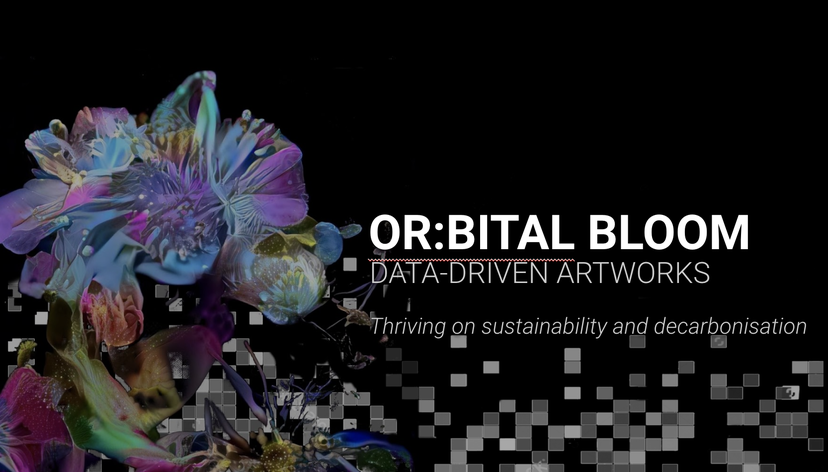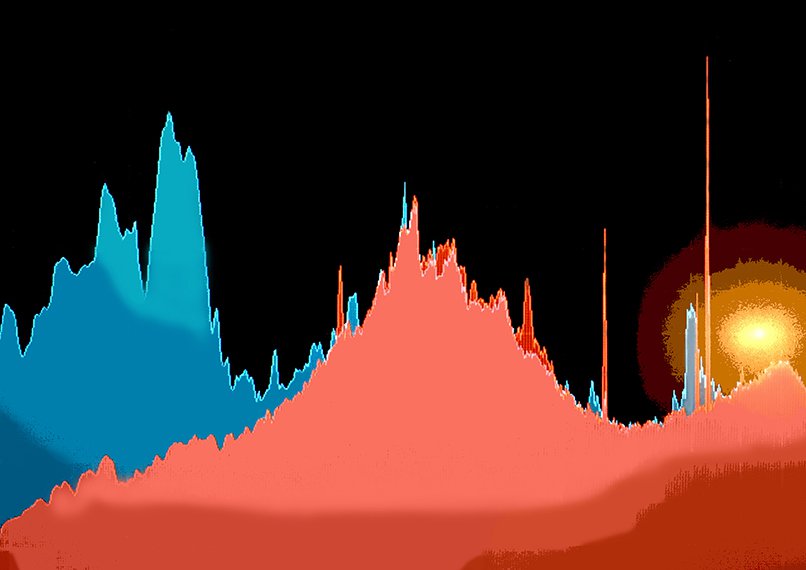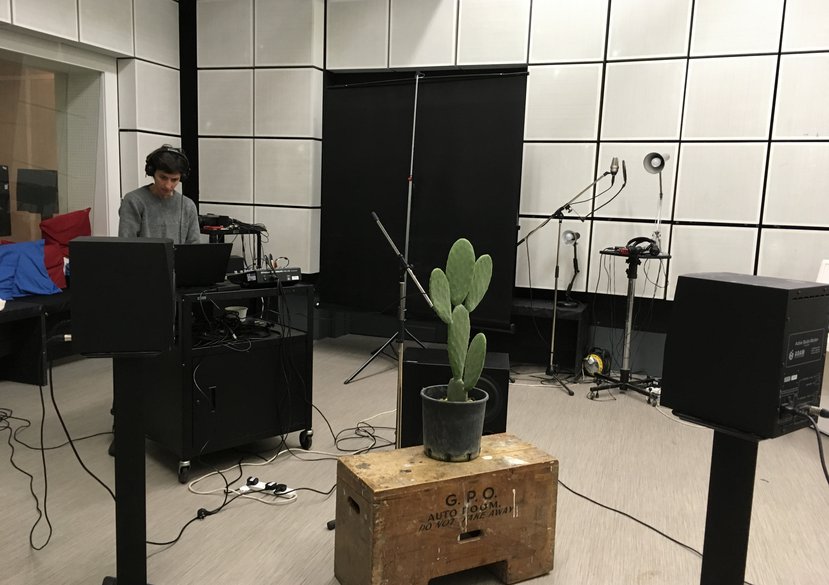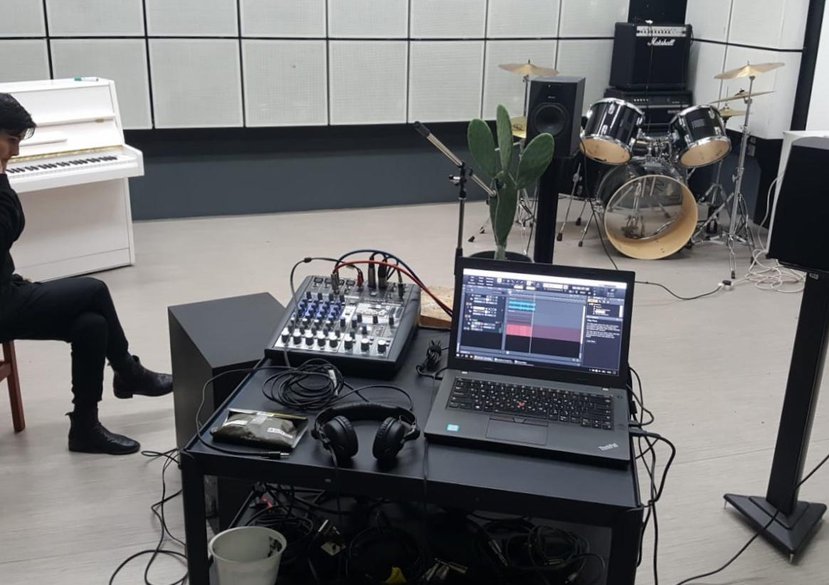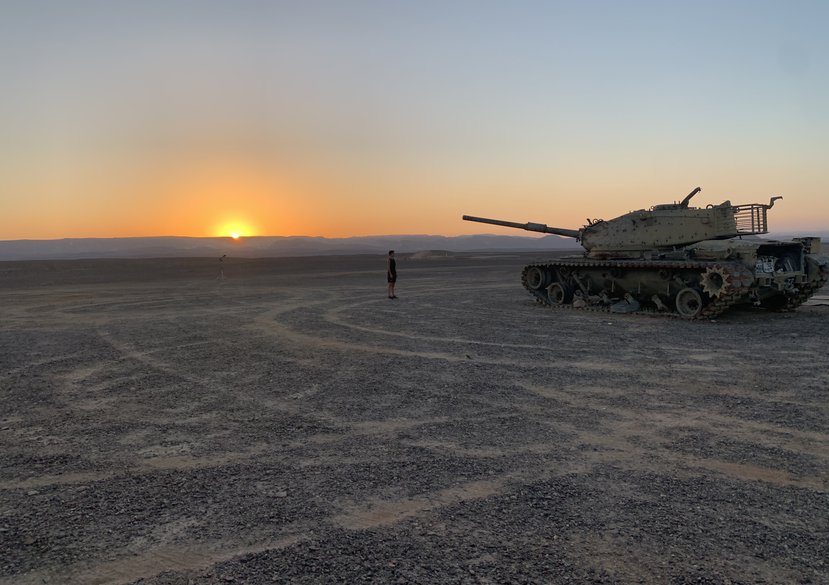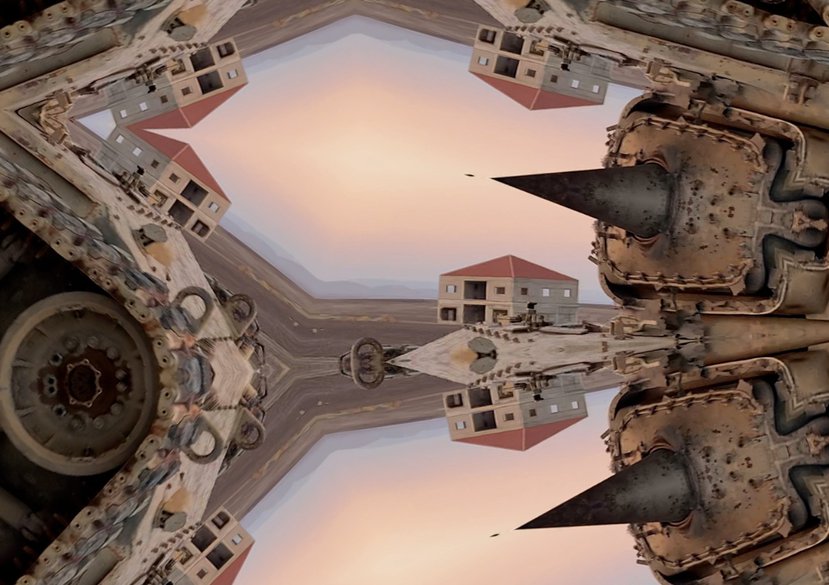
The Moment Before the Explosion: War Trauma, Embodiment, and the Re-Membering of Matter (and What Matters)
This practice-led PhD takes as a starting point that war trauma and possibly all trauma can be seen as a particular set of scars shaped by memory, fear, identity and politics [Judith Herman, m.d., 2015]. A re-positioning of those scars can reveal not only how their intensity operates in the discourse but also sheds light on how the mechanisms of creating knowledge, identity and meaning are formed [Michel Foucault, 1972]. The effect of trauma is the opposite of linear time. The past is projected into the future coming back to create the present, creating a fluid environment that allows the living trauma to take shape and circulate [Pierre Klossowski, 1970] [Christina Sharpe, 2016]. Exploring the unspoken zone where memory, amnesia and trauma of war are embodied, preserved and circulated in the Palestinian (Sabra)/ Israeli cacti (Sabr). Once demarcate borders of Palestinian villages transformed into a living testament of life lived before 1948. The war of 1948 and its aftermath, marked a dramatic change in the social and cultural role of the cacti [Dora Apel, 2012][Baruch Kimmerling, 1993]. Israel appropriated the cacti as a symbol of its people, which ultimately led to the popularization of the term Sabar, once the word for cactus, now also referring to an Israeli-born Jew [Oz Almog, 2004]. In 2005, the term Sabra morphed itself once again, but this time into a tank. Thus, continuing its transformation, from border markers and a symbol of defense to an attacker and an occupier. The Sabra is an event that unfolds in different directions, taking on different shapes and time periods. This research is focusing on the role of trauma and how it is played out through three main protagonists in the Israeli/ Palestinian conflict: the sabra, the human, the tank and the moment before the explosion as a fragment, diffraction and the becoming of the unfolding event [Karen Barad, 2014]. The encounter is not of meeting the Sabra or the tank, but the act of materiality itself is the encounter. A multidirectional encounter that enables engagement with the trauma and the discourse. The practice that leads this research informs the thesis, as through the practice, these notions have developed. In the videos that were created parallel to the theoretical research, the interview is used as a linguistic act that expresses a specific narrative. The battle is always over the narrative that constantly brings forth the voices of the hegemonic patriarchal narrative. The moment before is not only leading to the explosion; but also has the ability to change the event. Change the way the event/trauma unfolds, circulates or breaks the circulation by understanding its shape and how a shape is created. This thesis is asking if there is a way to subvert with the re-membering of matter under the explosion.
keywords: War trauma, Sabra/cactus, time-memory, time-as-memory, Israeli-Palestine war, embodiment, shape, encounter, circulation
